Birkenhead, Cheshire
Birkenhead and its neighbouring parishes at the north of the Wirral peninsula originally formed part of the Wirral Poor Law Union. However, on 2th March, 1861, the new Birkenhead Poor Law Union was formed to cover this area and comprised the parishes of Bidstone-with-Ford, Birkenhead, Claughton-cum-Grange, Liscard, Noctorum, Oxton, Poulton-cum-Seacomb, Tranmere and Wallasey. It had a 13-strong elected Board of Guardians, four representing Birkenhead, two from Tranmere, and the rest one each.
Church Road Workhouse
A new Birkenhead Union workhouse was built in 1861-3 at the west side of Church Road in Birkenhead. The architect was Thomas Layland of Liverpool. It could accommodate about 500 inmates and opened its doors on 4th January, 1864. The workhouse location and layout are shown on the 1909 map below:
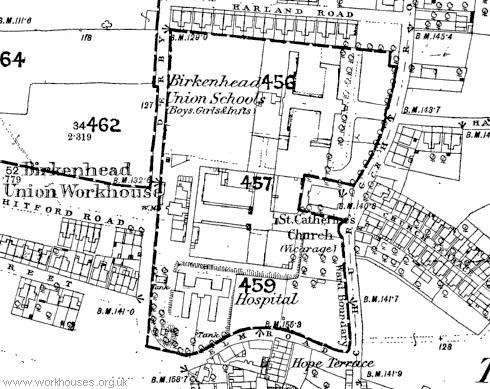
Birkenhead workhouse site, 1876.
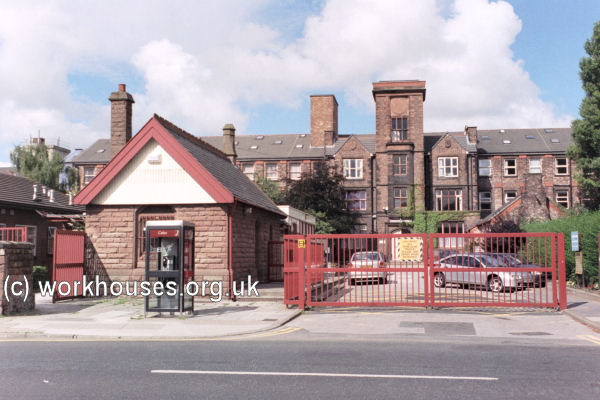
Birkenhead workhouse entrance from the east, 2001.
© Peter Higginbotham.
The main block was a T-shaped building facing to the east.
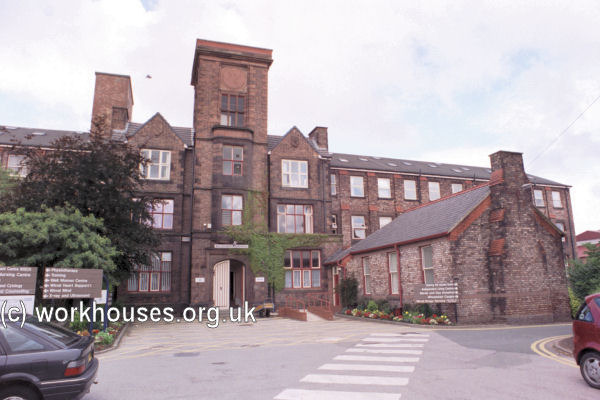
Birkenhead workhouse main block from the east, 2001.
© Peter Higginbotham.
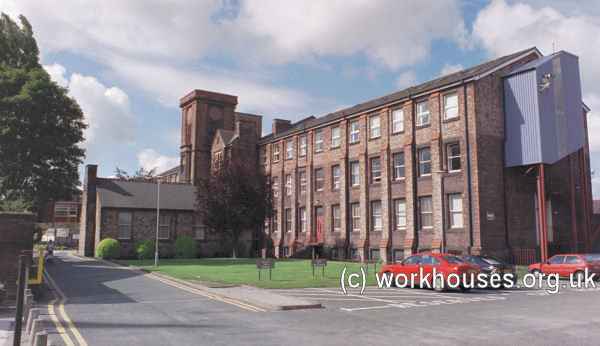
Birkenhead workhouse main block from the north-east, 2001.
© Peter Higginbotham.
The central rear wing of the main block contained the dining hall and kitchens.
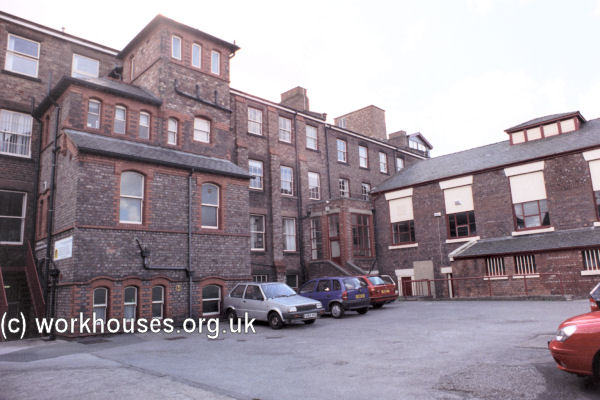
Birkenhead workhouse rear of main block from the north-west, 2001.
© Peter Higginbotham.
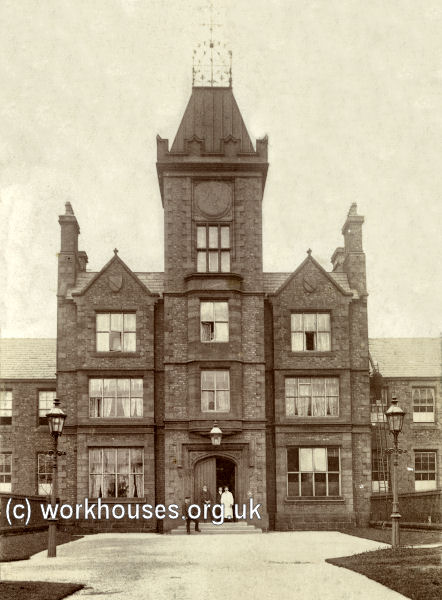
Birkenhead workhouse, c.1906.
© Peter Higginbotham.
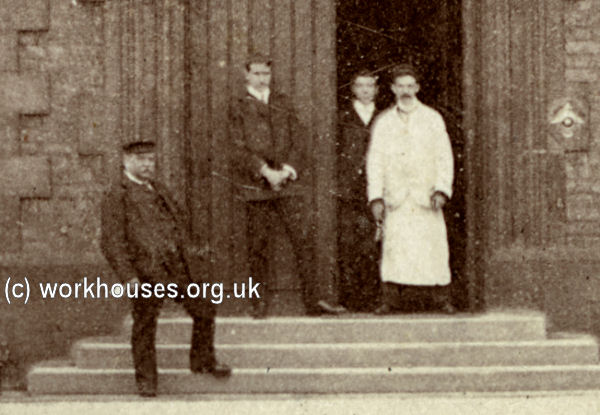
Birkenhead workhouse (detail), c.1906.
© Peter Higginbotham.
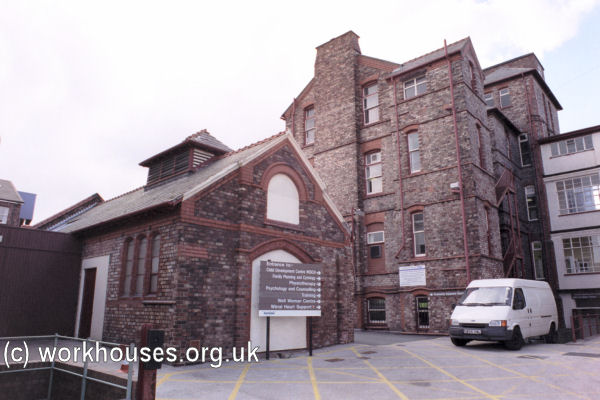
Birkenhead workhouse mortuary and hospital block from the north-west, 2001.
© Peter Higginbotham.
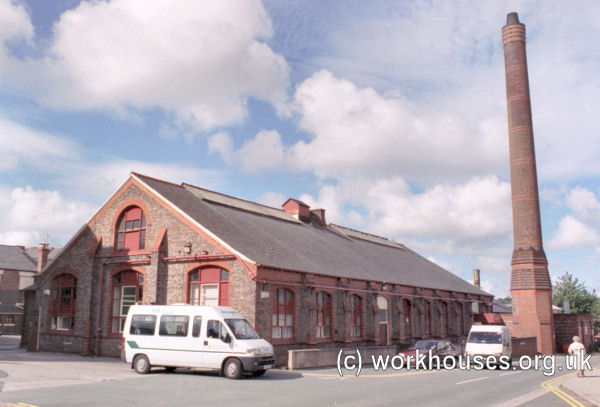
Birkenhead workhouse laundry and boiler-house block from the east, 2001.
© Peter Higginbotham.
In 1866, workhouse campaigner Joseph Rowntree gave his appraisal of the operation of the institution's casual ward:
The original workhouse infirmary was built at the south-west of the site in 1866. New infirmary blocks were added at the south-east in the 1890s.
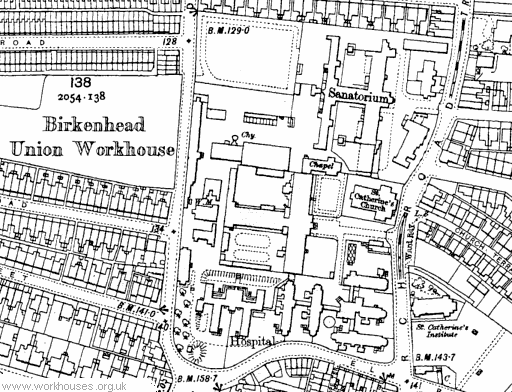
Birkenhead workhouse site, 1909.
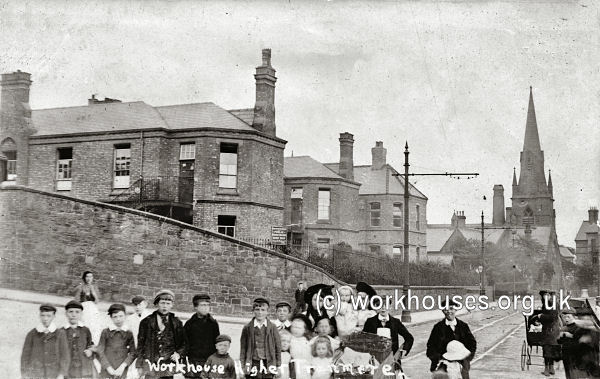
Birkenhead workhouse south-east hospital pavilions from the south, c.1906.
© Peter Higginbotham.
The original infirmary was replaced by two new pavilions and an administration block in 1911-13.
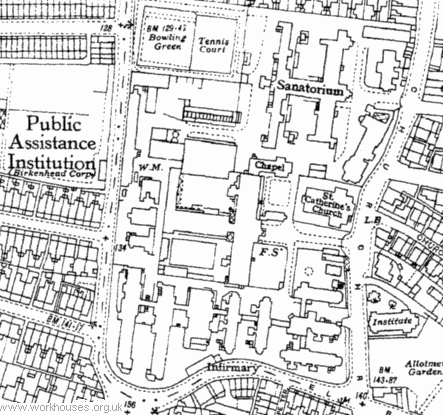
Birkenhead workhouse site, 1936.
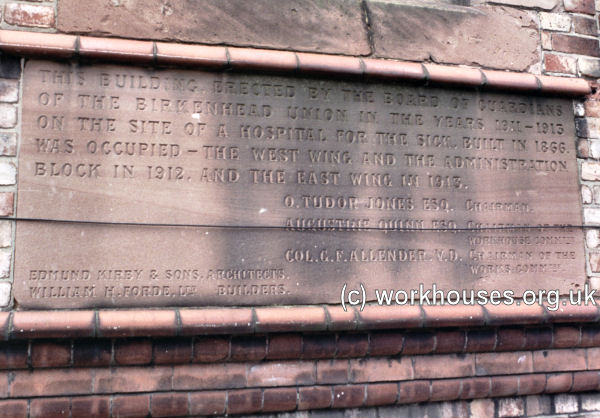
Birkenhead workhouse 1911 infirmary foundation stone, 2001.
© Peter Higginbotham.
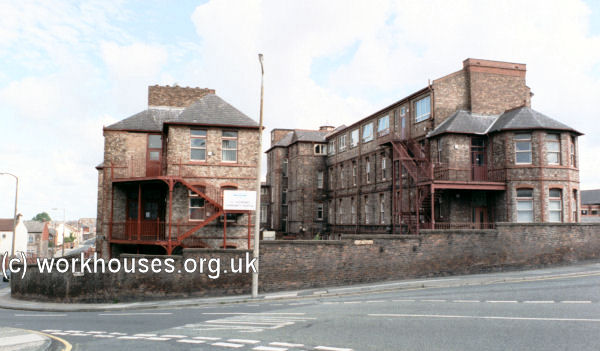
Birkenhead workhouse 1911 infirmary blocks from the south, 2001.
© Peter Higginbotham.
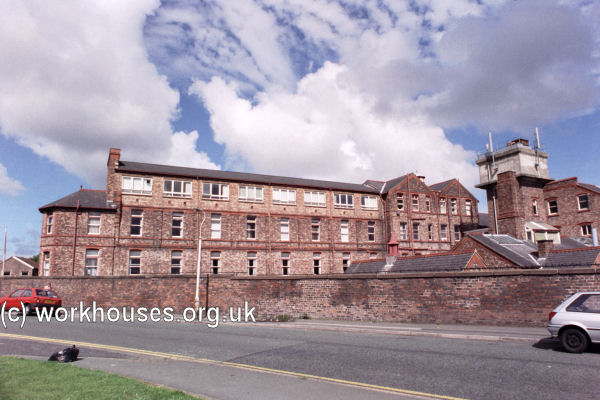
Birkenhead workhouse 1911 infirmary blocks from the east, 2001.
© Peter Higginbotham.
From 1904, to protect them from disadvantage in later life, the birth certificates for those born in the workhouse gave its address just as 56 Church Road, Tranmere.
In 1930, the establishment was taken over by Birkenhead Council and redesignated as a Public Assistance Institution. In 1933, the western part of the site became Birkenhead Municipal Hospital and a separate entrance was created on Church Road.
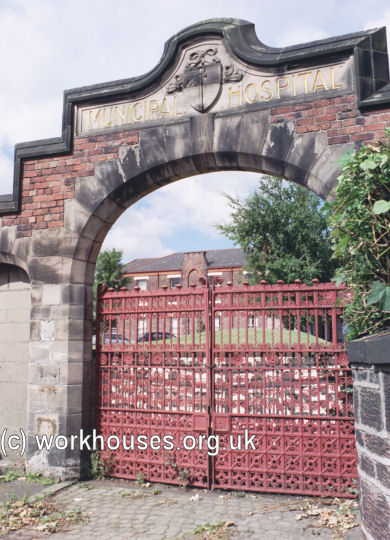
Birkenhead Municipal Hospital entrance gate from the east, 2001.
© Peter Higginbotham.
After 1948, the whole site became St Catherine's Hospital. The main building was demolished in 2010 with the remainder following by the end of 2012.
Workhouse School
A large workhouse school stood at the north of the workhouse. It was a T-shaped building with the boys accommodated in one wing and girls at the other. The central rear wing probably contained a dining-hall/chapel. In 1881, the schools had around 200 children in residence. By 1909, the building had become converted for use as a sanatorium as indicated on the map above.
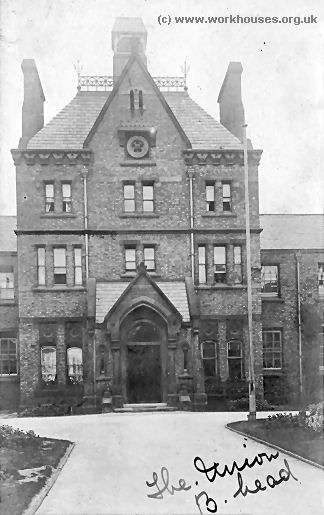
Birkenhead workhouse school/sanatorium entrance, c.1910.
© Peter Higginbotham.
Scattered Homes
From the early 1900s, the union began making extensive use of scattered homes to house its children. These included: Ashford House, Ashford Road, Birkenhead; 66 and 76 Bridge Street, Birkenhead; 100 Camden Street, Birkenhead; 36 Carlton Road, Birkenhead; 5 Lowwood Road, Birkenhead; 297 and 305 Old Chester Road, Birkenhead; 28 Pilgrim Street, Birkenhead; 93 Westbourne Road, Birkenhead; 59 Albion Street, Wallasey; 6/10 Mill Lane, Wallasey; 141 Seaview Road, Wallasey; 66 Falkland Road, Wallasey; 33 and 226 Bedford Road, Rock Ferry; 16 and 84-86 Highfield Road, Rock Ferry; and The Tors, Thorburn Road, New Ferry. There were also receiving homes for new admissions at 591 New Chester Road, Rock Ferry (closed around 1925); Manor Grange, 2 Egerton Road, Birkenhead (from around 1925), and 47-49 Church Street, Birkenhead. The Church Street establishment was also referred to as the Central Home.
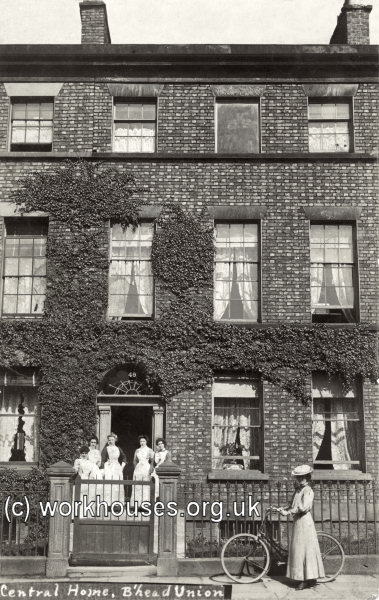
Birkenhead Union Central Home, c.1906.
© Peter Higginbotham.
Union Offices
The Guardians had an offices at the eastern end of Conway Street, Birkenhead. The building no longer exists.
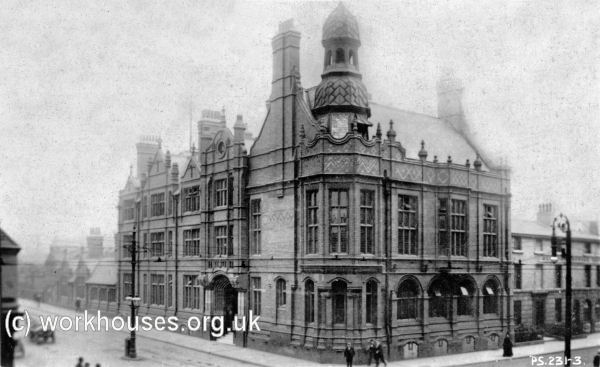
Birkenhead Union Offices, early 1900s.
© Peter Higginbotham.
Staff
Inmates
Records
Note: many repositories impose a closure period of up to 100 years for records identifying individuals. Before travelling a long distance, always check that the records you want to consult will be available.
- Wirral Archives, Cheshire Lines Building, Canning Street, Birkenhead CH41 1ND. Holdings include: Guardians' minute books (1861-1930); Births (1864-1914); Baptisms (1890-1950); Deaths (1864-1944); Creed registers (1869-1930); Register of inmates' property (1897-1956); etc.
Bibliography
- None.
Links
- None.
Unless otherwise indicated, this page () is copyright Peter Higginbotham. Contents may not be reproduced without permission.


